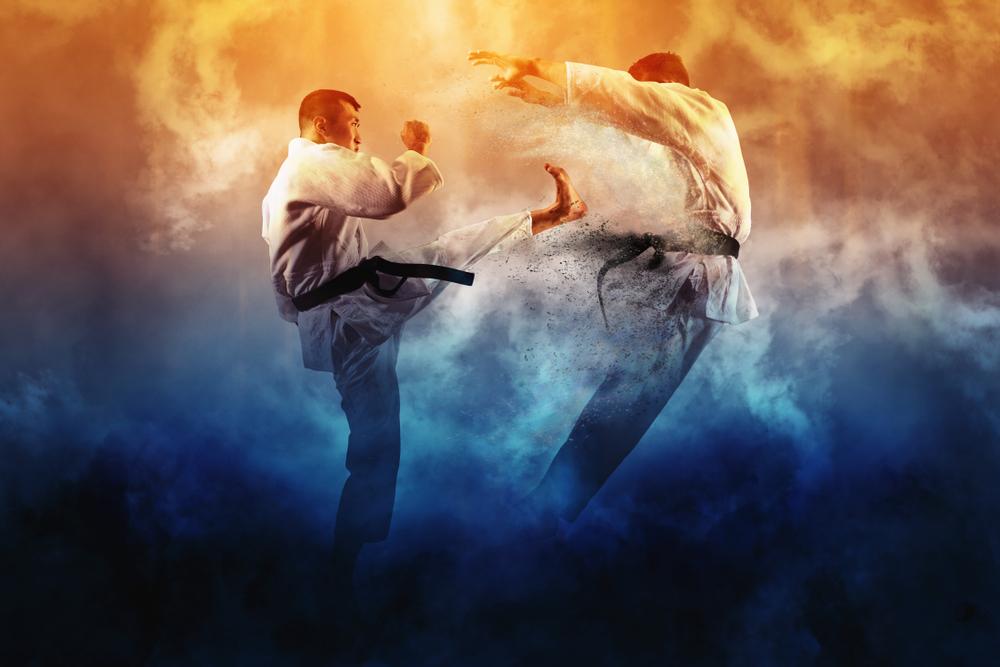
How To Play Karate Chess
In one of my recent articles I shared a story of how I became a lucky owner of an amazing book that really helped my chess development. This is how that article ends: "It might be a pure coincidence, but the next year after I bought The Test of Time, I became a master!"
Indeed, I started playing more aggressively, my games became more dynamic and as a result I scored a master's norm with one round to spare in the semifinal of the Soviet championship!
I also qualified to the first league of the Soviet championship, which was quite an accomplishment. I couldn't believe that I was going to play the crème de la crème of the Soviet chess players. I had only seen pictures of most of my opponents in chess magazines and now I could actually play them!
The tournament turned out to be a cold shower for me. Not only did I finish dead last; I also could see the striking difference between my chess and the top players' chess.
Well, when there was a direct fistfight on the chessboard, I did just fine. Here is the game from the very first round where I played GM Timoschenko. who was a famous theoretician and Garry Kasparov's second in the series of world championship matches vs. Anatoly Karpov.
Unfortunately, in many of my games, my opponents played a different kind of chess, one I wasn't accustomed to in junior events. They simply didn't allow me to get in a direct contact with their pieces, and whenever I tried to strike, I only made my position worse. So, it might look like my opponents were not doing anything and I was just hurting myself, just like the bad guy who was fighting Mr. Miyagi in the following famous scene:
Here is how it looked on the chessboard:
This "chess karate" is quite typical for the situation when a very strong chess player faces a weaker opponent. And by the way, a "weaker opponent" can be a very strong chess player himself, but the result is just the same. Here is a good example:
You cannot call a grandmaster rated 2644 a "weak opponent" and yet, just like me in that old game, GM Banikas slowly lost due to the self-inflicted wounds. It looks like Fabiano Caruana didn't do anything and just waited till his opponent destroyed himself. Except unlike Mr. Miyagi, who just pinched his adversary's nose, Fabiano actually hit the opponent with a strong 37. Be6! move.
Very recently I witnessed another example of chess karate. In the first round of the women's world championship, one of the world's top players, GM Anna Muzychuk (2564), played Rani Hamid (1935). Normally I wouldn't watch such a huge mismatch, but I was intrigued by Mrs. Hamid.
This amazing lady from Bangladesh qualified for the world championship at age 74! It might be a world record on its own! Unfortunately, there were no miracles in this match, and both games had pretty much the same scenario.
By the way, have you noticed a major similarity in all the "chess karate" games that I presented? In all four games, the weaker player tried to strike and as a result only created a huge hole in the center. Once the stronger opponent planted the knight on the d4 or d5 square, the game was essentially decided!
So, what should you do to prevent hurting yourself when playing a stronger opponent? Well, you can practice the "wax on, wax off" technique. If that doesn't help, you can read the series of my articles about the d5 hole. Here are part one and part two.






